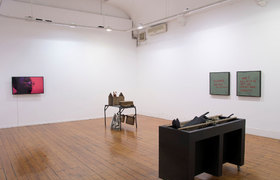Increasing access to awe and splendour of the ancient world
21 July 2021 | Story Elske Joubert. Read time 7 min.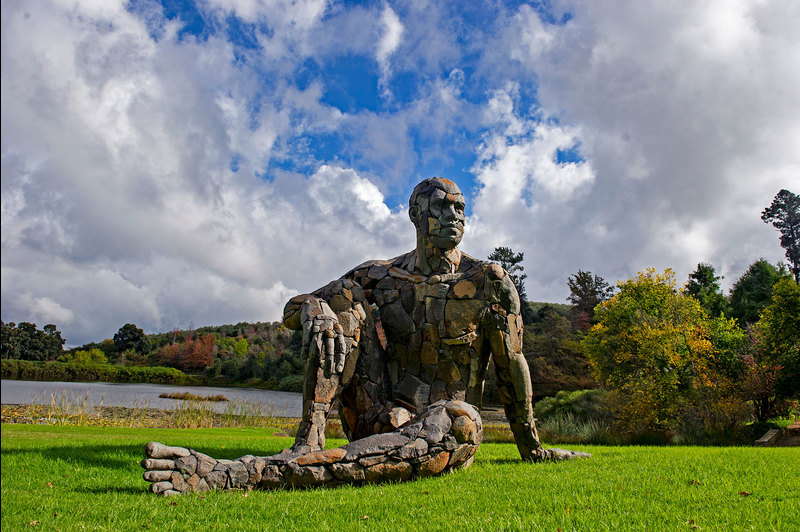
University of Cape Town (UCT) lecturer in the School of Languages and Literatures Bianca Warley gives an overview of Classics and the importance of making this discipline accessible to a wider audience – especially the youth, and people of colour.
Classics is the study of the ancient world, specifically the study of Greek and Roman civilisations. Classics or Classical Studies also includes the study of religion, art and architecture, literature, history, philosophy, economics, politics, archaeology and classical languages (Latin and Greek).
“Ultimately, Classics is the study of Greek and Roman cultures in their entirety, and the societies and cultures with which they interacted and which they influenced,” said Warley, who is currently completing her PhD in Ancient Cultures at Stellenbosch University. Her dissertation is titled “Cleopatra through the eyes of men: An ideological critique of the representations of Cleopatra VII from a feminist narratological perspective”.
Raising awareness
In order for the discipline to survive, Warley said, the general public needs to know what it entails.
“Interest needs to be generated and piqued; and without a doubt, it needs to be relevant to the South African context. With the addition of COVID‑19 to our daily lives, gatherings such as conferences or introductory events are limited to online platforms. However, with the advancement of technology and the significance and influence of social media, a starting point could be to build a solid and active social media presence,” she said.

“I remember, as a child, watching a South African professor speak about Ancient Egypt and all its fascinating and fantastical stories; and it stuck with me all these years, budding and nurturing my passion for ancient cultures. In this modern society we now live in, there are so many platforms (podcasts, blogs, vlogs) available to us where we can engage with people, introduce them to the ancient world, expand their horizons, and show them the awe and splendour that is the ancient world.”
Increasing reach
According to Warley, only a small group of individuals know and understand what Classics is; and this, she said, needs to change as a matter of urgency.
“I can only speak from my experience as both a student of the ancient world and as a person of colour. Over the years, when asked what I’ve studied or what field I’m in, my answer has often been met with blank stares – followed by the general assumption that Classics refers to classical music.”
“We need to bring the ancient world to the present.”
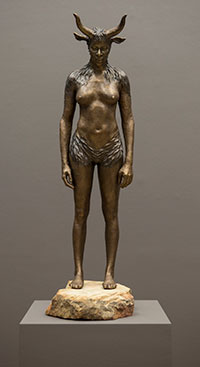
Similarly, she said, something that is often misunderstood is the concept of representation; that is, seeing someone from a similar ethnic identity in a role or position generally not afforded to their ethnicity for whatever reasons.
“It is somewhat of a complicated concept to explain; but in my experience, representation in the field is paramount to diversity and inclusivity. I feel in order to increase the reach of Classics and make it more accessible to a wider audience, we need to be more innovative, relatable and versatile. We need to bring the ancient world to the present.”
Spotting representations
Classics and Ancient Studies have inspired so many people, said Warley, and that inspiration manifests in all forms. Today, you can see the effects of Classics and its study in novels and movies, such as the Harry Potter and Percy Jackson franchises; and in art, for example, in Tienie Pritchard’s sculptures and Nandipha Mntambo’s bronze works. The artistic representations within South Africa are bountiful.
“One of my favourite sculptures is that of Artemis (also known as Diana) and her dogs, by the über‑talented Deborah Bell,” said Warley. “Artemis stands proudly as the garden’s central point in front of the Manor House at Leeu Estate in Franschhoek. Artemis is the Greek goddess of hunting, archery, wildlife, the moon, chastity and childbirth. Like her twin, Apollo, she embodies contradictory functions; and like Apollo, she portrays great strength but devastating brutality.
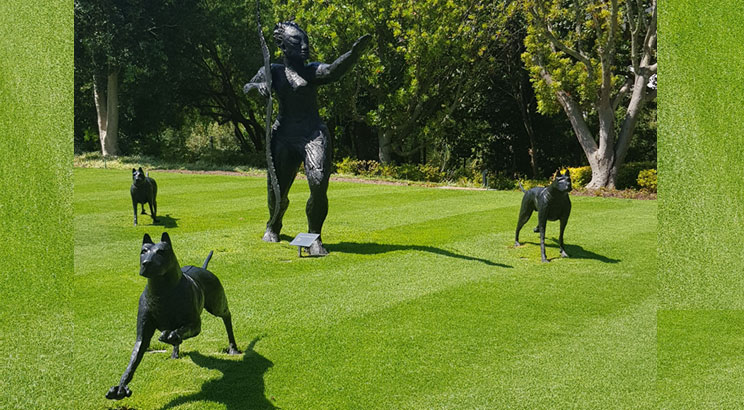
“Another example of Greek mythology right in the heart of the CBD is the Titan Atlas atop St George’s Mall in Cape Town. Zeus condemned Atlas to hold up the broad vault of the sky, as punishment for siding against him in the Titanomachy.”
One last example would be an artwork titled Frolicking in the Forest, by Erna Dry.
“The artwork depicts the Kharites (also known as the Graces) in a fruitful and densely populated forest. The Graces were three goddesses who personified beauty and charm. They were inspirers of artistic creation and were generally depicted as three naked women holding hands, dancing in a circle or holding sprigs of myrtle,” said Warley.
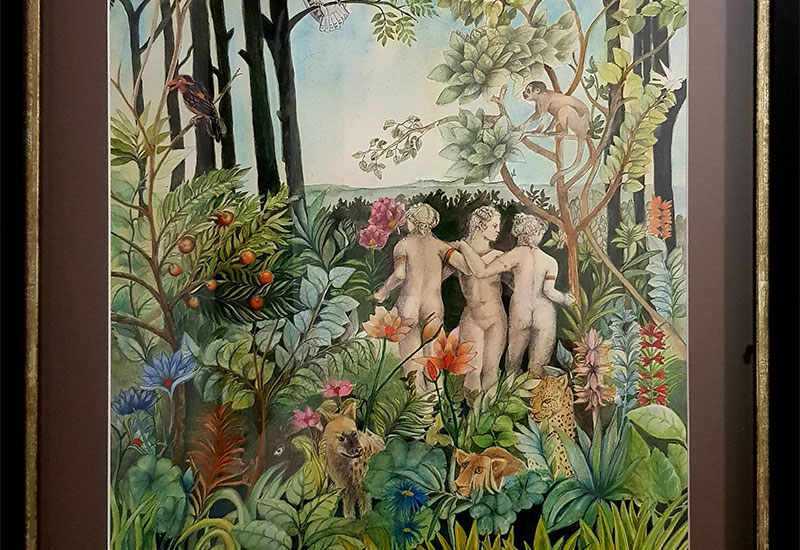
“What I love most about this piece is that my husband found it while having a walkabout in the estate’s gallery. He is a UCT commerce alum who knew absolutely nothing of Classics or Ancient Studies when I met him. However, after several years of light‑grade exposure, he could spot it effortlessly among a host of other artworks.
“It was such a proud moment. He called me and said, ‘I think there’s a myth‑inspired painting in the gallery here – you might want to check it out.’ And check it out I did. Intrigued by our sheer luck, I contacted the artist, who spoke of her interest in mythology as a child, her love of the stories and their impact.”
Inspiring the youth
It is paramount, said Warley, that we share knowledge of and inspire the study of this discipline among the younger generation.
“If we are to preserve this discipline and secure a future for Classics, we have to transform and make it accessible and relatable to the general public.”
 This work is licensed under a Creative Commons Attribution-NoDerivatives 4.0 International License.
This work is licensed under a Creative Commons Attribution-NoDerivatives 4.0 International License.
Please view the republishing articles page for more information.







